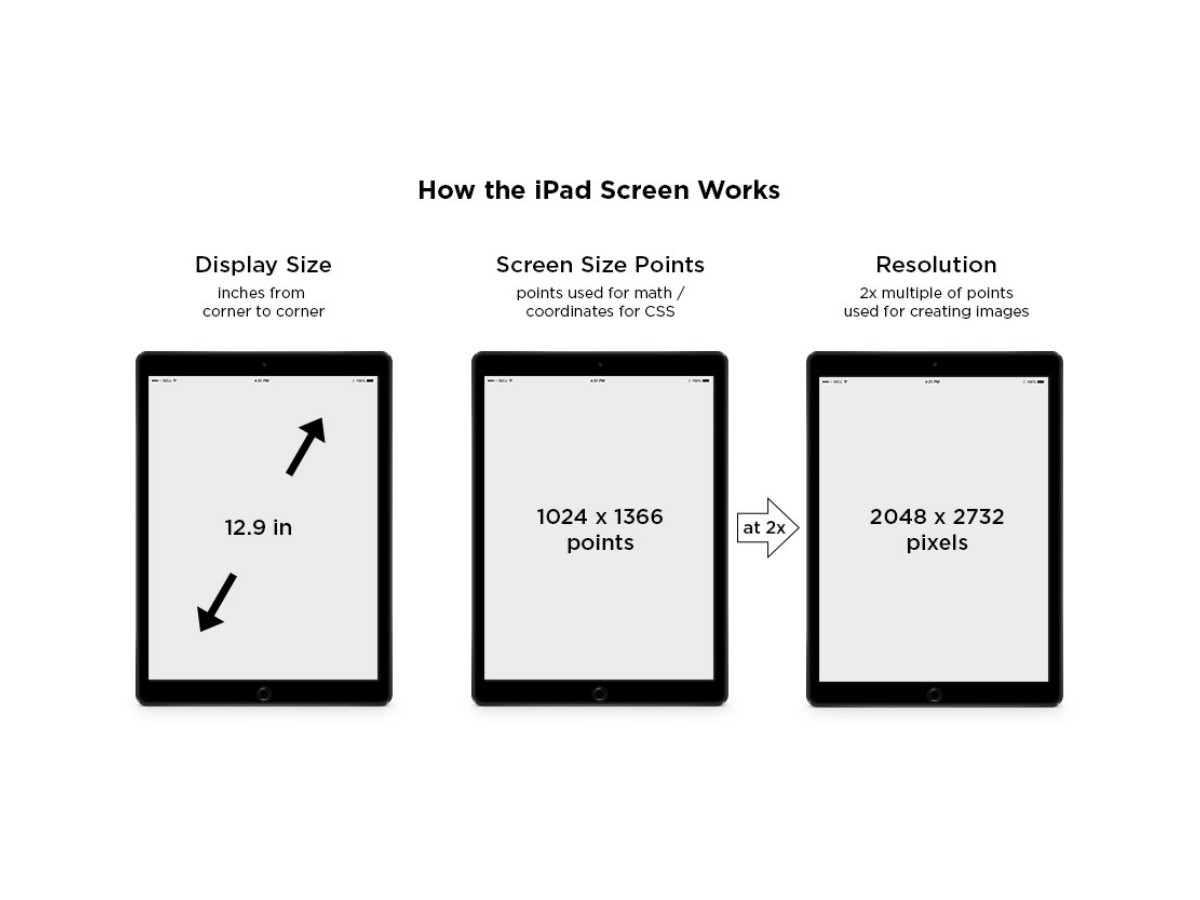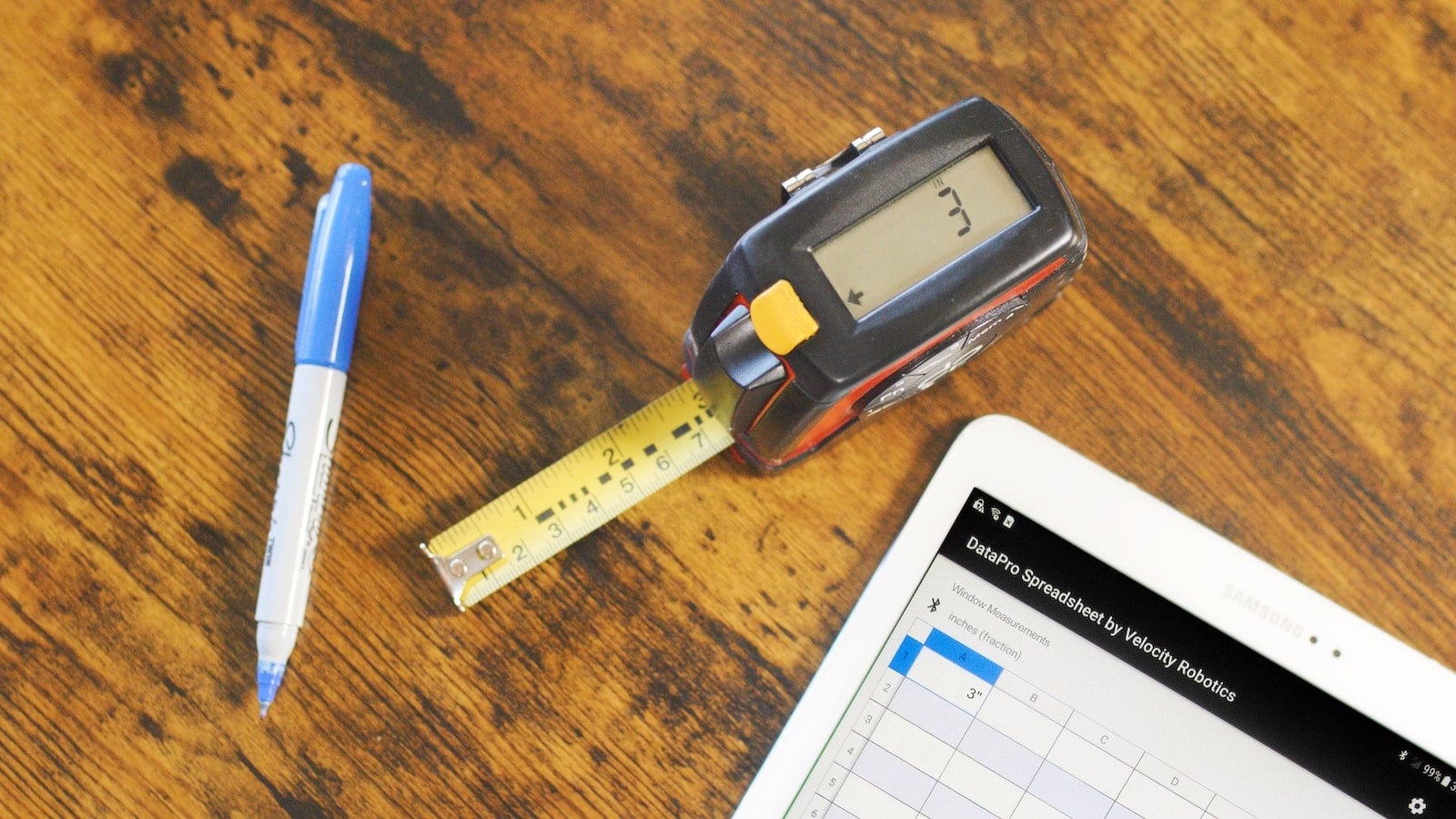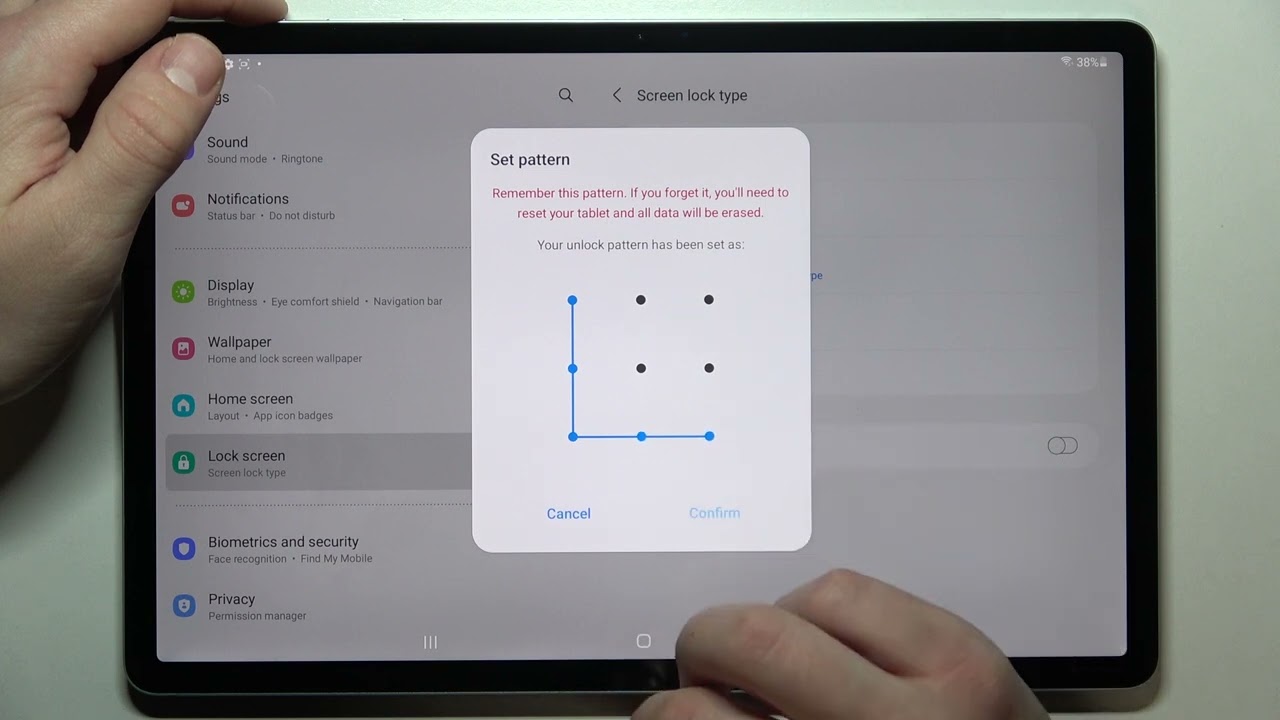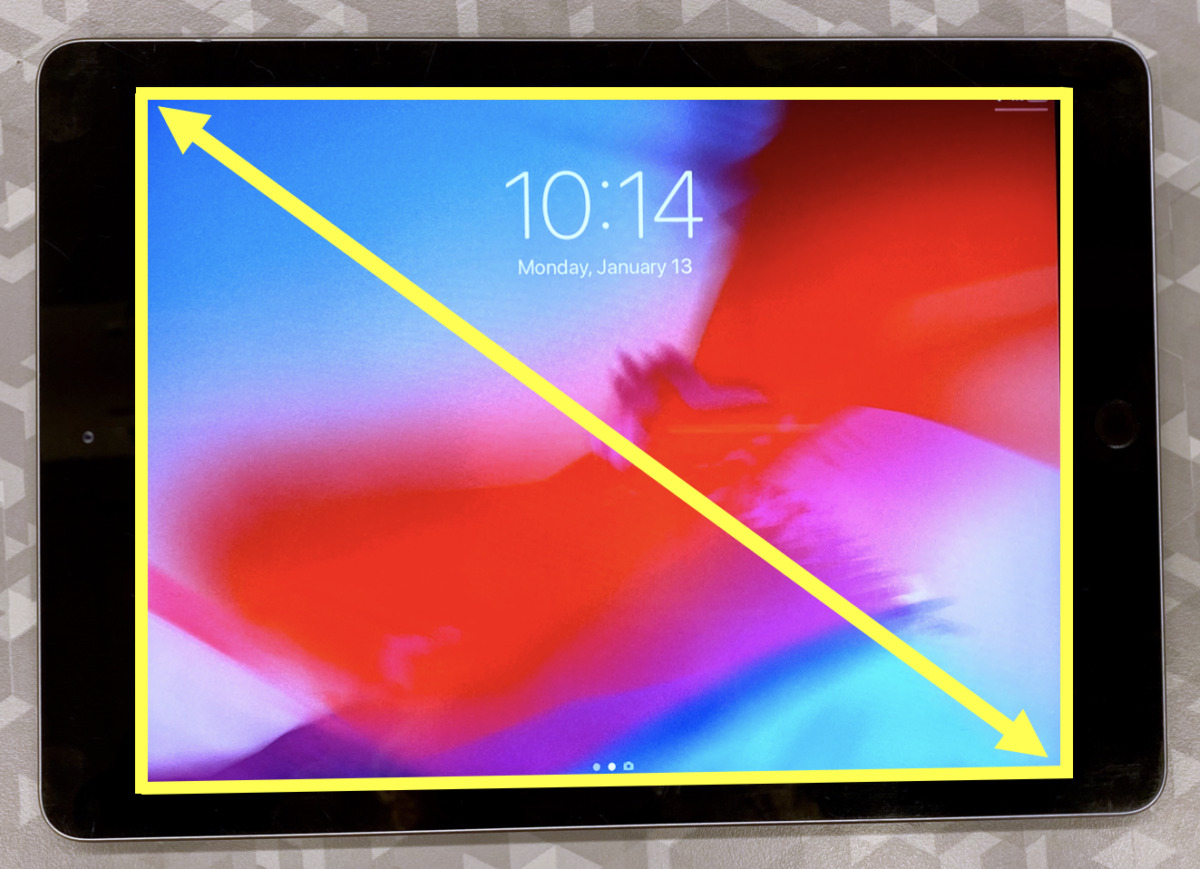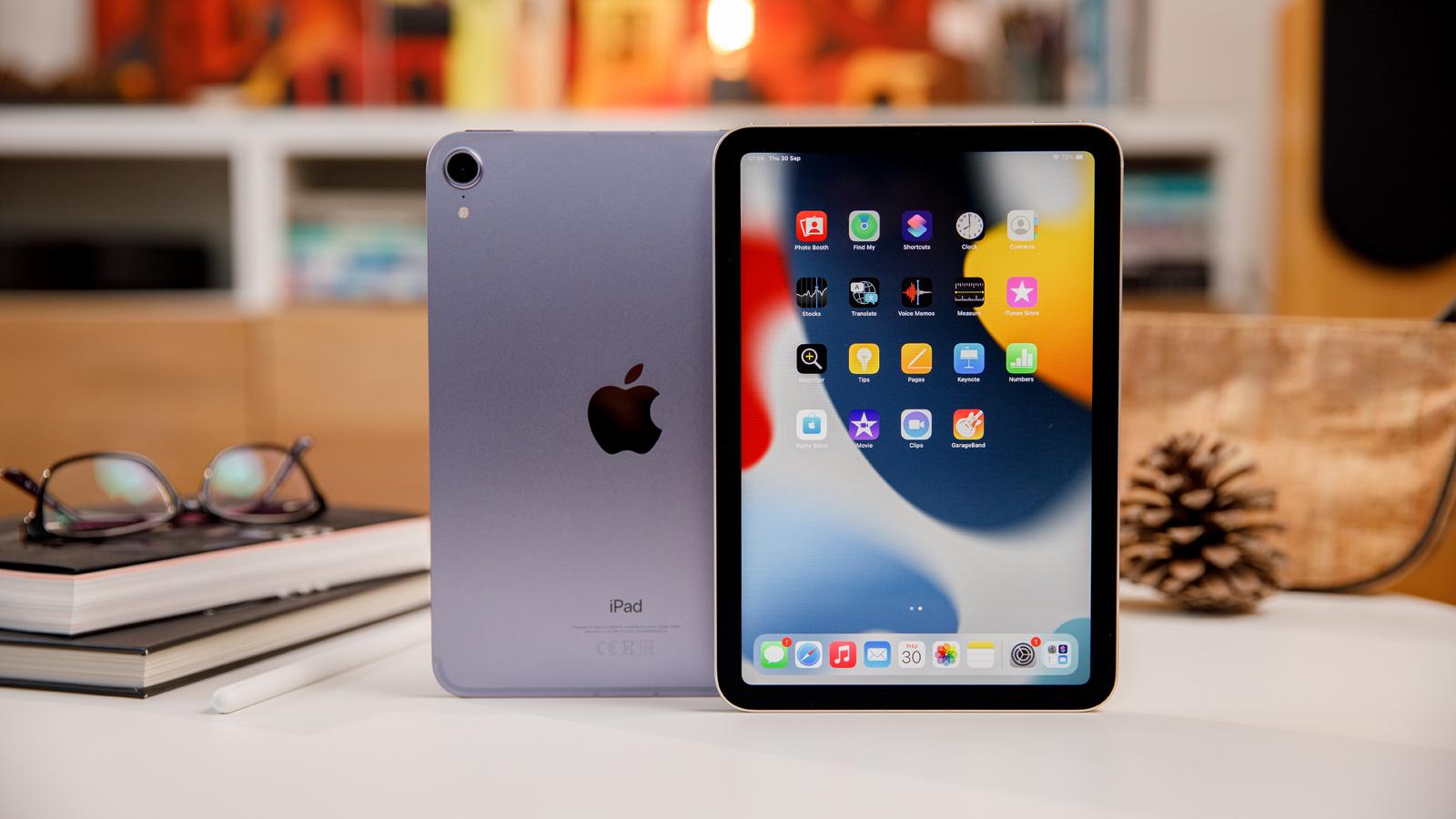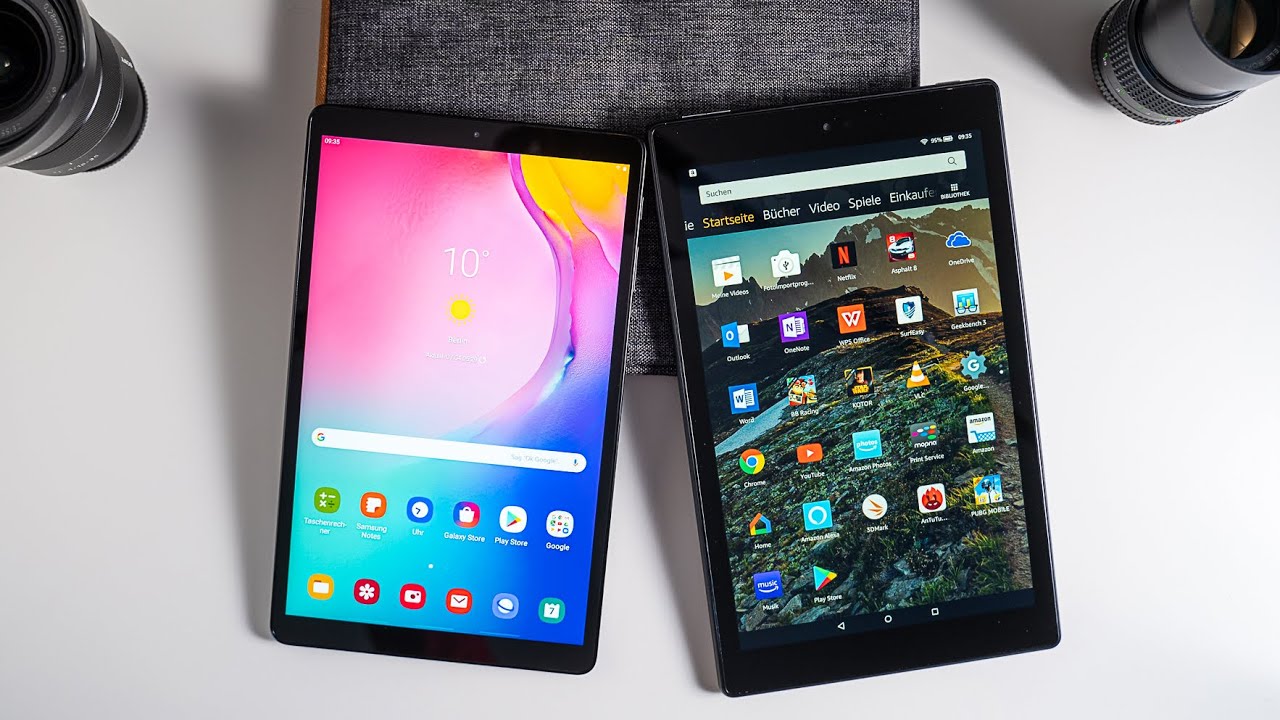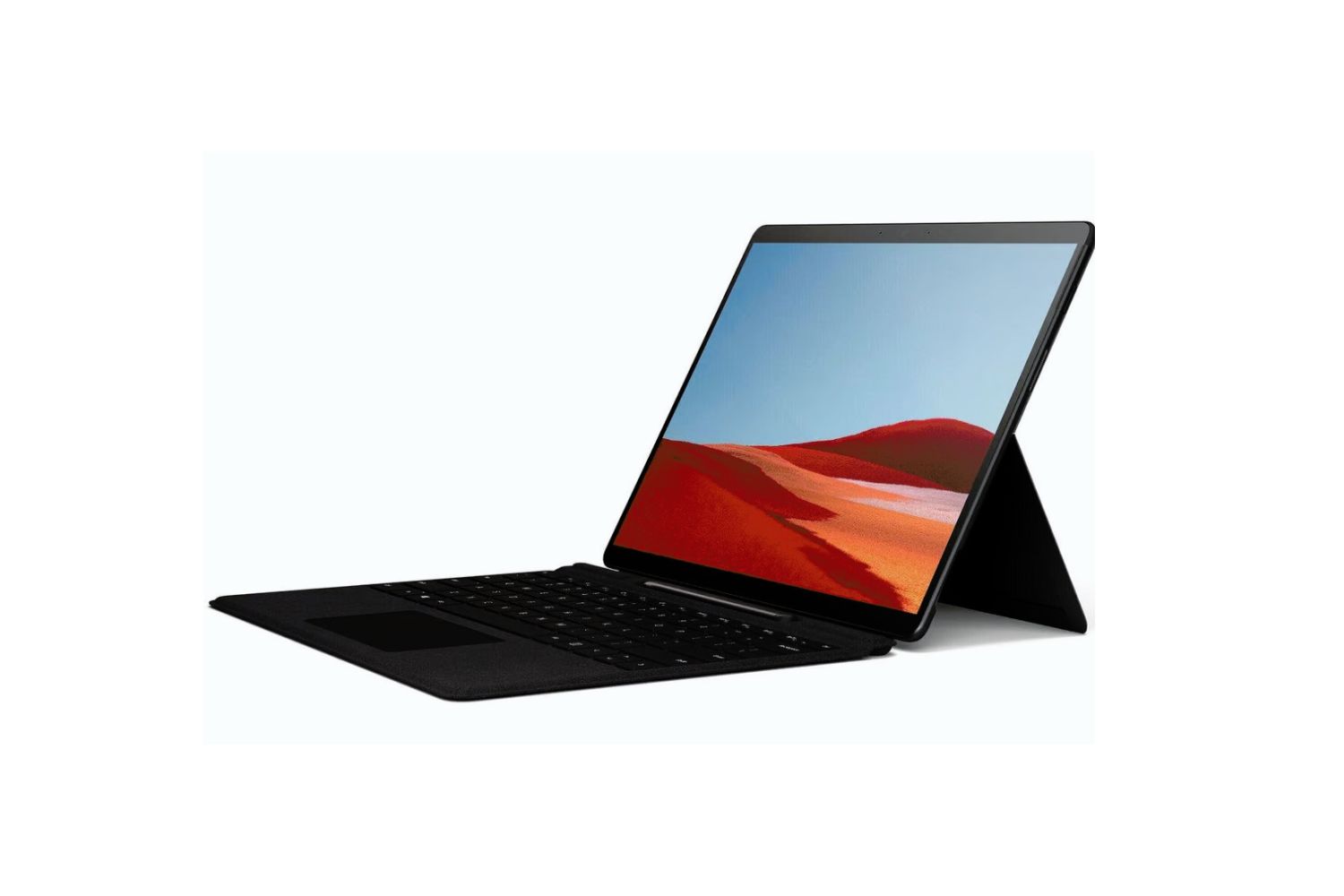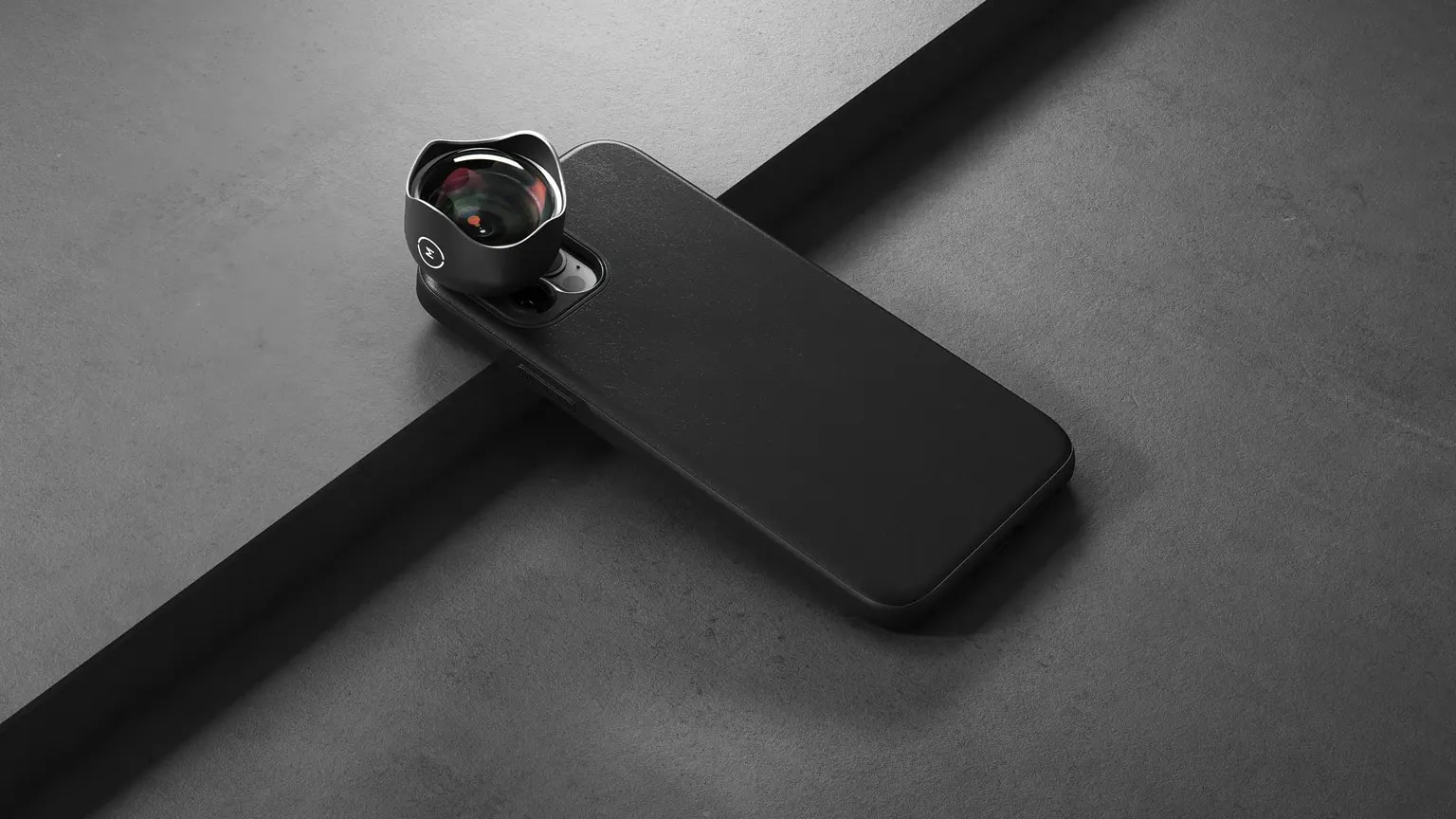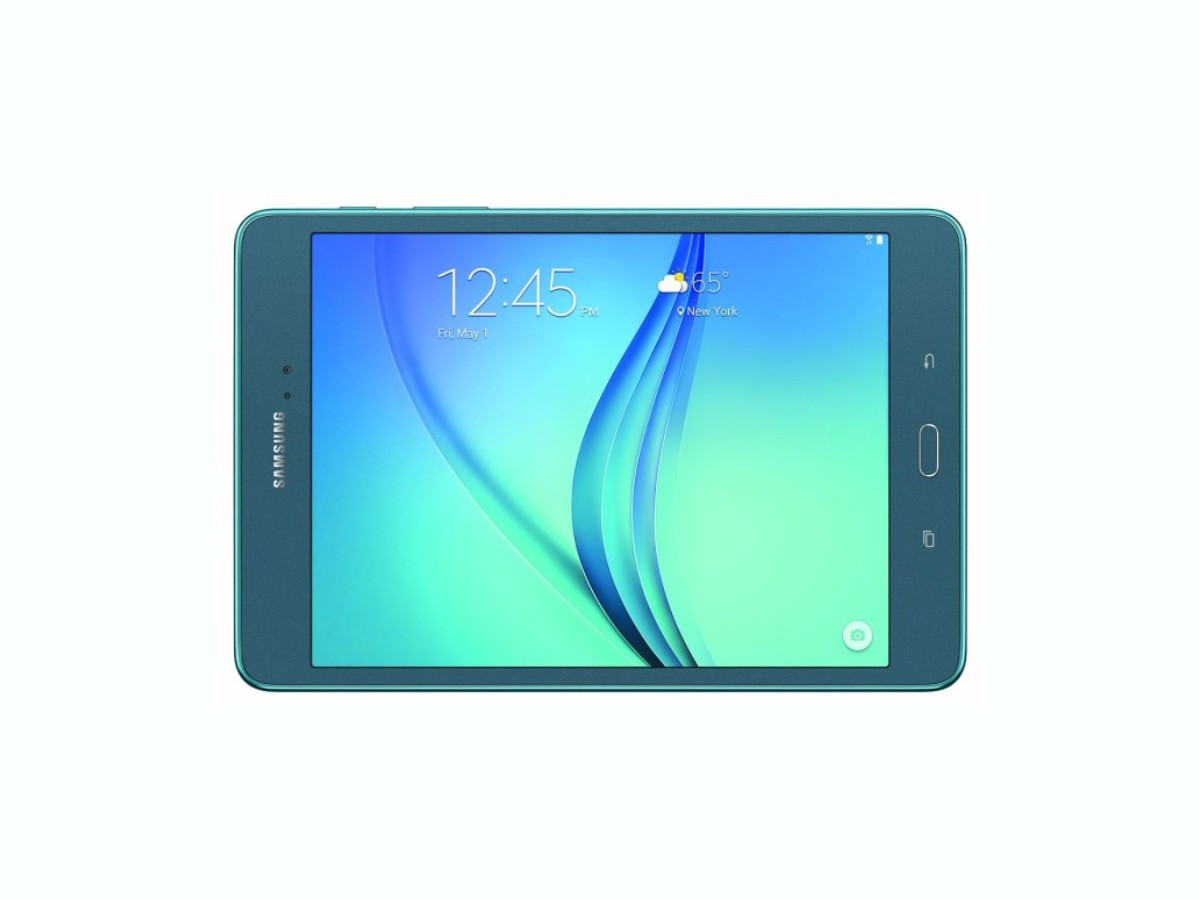Introduction
Tablets have become increasingly popular in recent years, offering a portable and versatile device for browsing the internet, watching movies, playing games, and more. When it comes to purchasing a tablet, one important consideration is the screen size.
The screen size of a tablet plays a crucial role in determining the user’s viewing experience and overall usability. It affects everything from readability and image quality to portability and ease of use. Therefore, understanding how to accurately measure tablet screen size is essential for making informed decisions when purchasing a tablet.
In this article, we will explore the different methods used to measure tablet screen size and discuss their pros and cons. We will also consider factors such as aspect ratio and how different screen sizes compare to each other.
By the end of this article, you will have a clear understanding of how tablet screen size is measured and be equipped with the knowledge to choose the screen size that best suits your needs and preferences.
The Importance of Measuring Tablet Screen Size
Measuring the screen size of a tablet is crucial for several reasons. Firstly, it determines the overall viewing experience of the device. A larger screen allows for more immersive and enjoyable multimedia experiences, such as watching movies or playing games. On the other hand, a smaller screen may be more suitable for individuals seeking a compact and portable device for on-the-go use.
Moreover, measuring tablet screen size is essential for assessing readability. A larger screen provides more space for displaying content, resulting in larger text sizes and clearer images. This is particularly important for individuals with vision impairments or those who frequently read e-books or documents on their tablets. Conversely, a smaller screen can lead to cramped and difficult-to-read content, potentially causing eye strain and discomfort.
Another aspect to consider is multitasking ability. With a larger screen, users can comfortably split their screen and have multiple apps or windows open simultaneously. This makes it easier to multitask, whether it’s taking notes while watching a video, comparing prices while shopping online, or editing documents side by side. Smaller screens may limit the ability to multitask effectively and efficiently.
Portability is also a significant consideration when choosing the right tablet screen size. Tablets with smaller screens are generally lighter and easier to carry, making them well-suited for individuals constantly on the move. Alternatively, larger tablets offer a wider display area but may be bulkier and less convenient to transport.
Lastly, the purpose of the tablet should be taken into account when determining the ideal screen size. For instance, if the tablet is primarily for entertainment purposes—watching movies, playing games, or browsing social media—a larger screen size would provide a more enjoyable and immersive experience. On the other hand, if the tablet is intended for work-related tasks, such as reading and editing documents, a smaller screen may be more practical and easier to handle.
Considering all these factors, it becomes clear that measuring tablet screen size is vital in order to choose a device that suits your needs and preferences. It ensures that you can enjoy an optimal viewing experience, read content comfortably, multitask effectively, and have a tablet that is convenient for your lifestyle.
The Different Ways to Measure Tablet Screen Size
There are several methods used to measure tablet screen size, each providing a different perspective on the device’s display dimensions. Understanding these methods will help you make an informed decision when selecting the right tablet for your needs.
The first and most common method is measuring the diagonal length of the screen. This method involves measuring the distance from one corner of the screen to the opposite corner in a straight line. The measurement is usually given in inches. This method provides a standardized measurement that is easy to compare across different tablet models. However, it does not take into account the aspect ratio or the actual display area of the screen.
Another method is measuring the display area of the screen. This involves measuring the length and width of the visible screen area. The measurement is usually given in inches or millimeters. This method provides a more accurate representation of the actual usable space on the screen. It can be useful for determining how much content you can view on the screen at a given time. However, it may not give you a clear indication of the overall size of the tablet itself.
One more method is measuring the aspect ratio of the screen. Aspect ratio refers to the proportional relationship between the width and height of the screen. Common aspect ratios for tablets include 4:3, 16:9, and 3:2. This measurement is crucial as it determines the shape and dimensions of the screen. A 4:3 aspect ratio, for example, will provide a more square-shaped screen, while a 16:9 aspect ratio will give you a wider, more rectangular screen. This method is beneficial when considering the suitability of the screen for specific tasks, such as watching widescreen movies or reading documents.
When comparing different tablet models, it is essential to consider the method used to measure the screen size. Some manufacturers may provide only the diagonal length, while others may provide the display area or aspect ratio as well. It is recommended to take into account all these measurements to get a comprehensive understanding of the tablet’s screen size and dimensions.
By being aware of the different ways to measure tablet screen size, you can make a more informed decision when selecting a tablet that best suits your needs. Understanding the diagonal length, display area, and aspect ratio will ensure that you have a clear and accurate understanding of the tablet’s screen size and shape, enhancing your overall user experience.
Method 1: Measuring the Diagonal Length
One of the most common methods used to measure tablet screen size is by measuring the diagonal length. This method involves measuring the distance from one corner of the screen to the opposite corner in a straight line. The measurement is typically expressed in inches.
Measuring the diagonal length provides a standardized way to compare different tablet models, allowing consumers to easily assess the size of the display. This method is widely used by manufacturers and retailers as it provides a straightforward measurement that can be easily communicated to potential buyers.
Measuring the diagonal length offers a quick way to understand the overall size of the tablet screen. For example, if you have a tablet with a diagonal length of 10 inches, you can expect a larger display compared to a tablet with a diagonal length of 7 inches.
However, it’s important to note that measuring only the diagonal length does not provide a complete picture of the tablet’s display. It does not take into account the aspect ratio or the actual usable area of the screen. As a result, two tablets with the same diagonal length may have different screen shapes and varying amounts of usable space.
When using this method to measure tablet screen size, it’s crucial to consider other factors alongside the diagonal length. It can be helpful to look at the aspect ratio, which refers to the proportional relationship between the width and height of the screen. The aspect ratio can affect how content is displayed on the screen, with wider aspect ratios favoring video playback and more square aspect ratios being suited for reading documents or browsing the web.
Keep in mind that while measuring the diagonal length is a useful starting point, it should not be the sole factor in determining the suitability of a tablet for your needs. Consider your preferences, the type of content you will be consuming, and other measurements such as display area and aspect ratio to make a well-informed decision.
In summary, measuring the diagonal length is a common and straightforward method to determine tablet screen size. It provides a standardized measurement for easy comparison between different models. However, it is important to consider other factors such as aspect ratio and display area to get a more accurate understanding of the tablet’s screen size and shape.
Method 2: Measuring the Display Area
Another method commonly used to measure tablet screen size is by measuring the display area. This approach involves measuring the length and width of the visible screen area, usually expressed in inches or millimeters.
Measuring the display area provides a more accurate representation of the actual usable space on the tablet screen. It takes into account the dimensions of the screen itself, rather than just the diagonal length. This method can be particularly helpful when you want to know how much content you can view on the screen at a given time.
By measuring the display area, you can get a better understanding of how text, images, and other elements will be presented on the tablet. This measurement can influence your decision if you prioritize readability or work with applications that require a certain amount of screen real estate.
It is worth noting that measuring the display area may not give you a clear indication of the overall size and shape of the tablet itself. Tablets with the same display area may have different screen ratios or physical dimensions. Therefore, it is essential to consider other factors, such as the aspect ratio and the physical size of the tablet, when assessing its usability and portability.
When comparing tablets using this method, it is crucial to check whether the manufacturer includes the bezel in the display area measurements. The bezel is the frame around the screen and can vary in size between different tablets. Some manufacturers include the bezel, while others only measure the actual screen area. It’s important to clarify this information to ensure accurate comparisons between models.
By taking into account the display area measurement, you can better understand how much content you can comfortably fit on the tablet screen. This is especially valuable if you intend to use the tablet for activities such as reading, browsing, or multitasking with multiple applications open at the same time.
In summary, measuring the display area provides a more accurate representation of the usable space on the tablet screen compared to just measuring the diagonal length. It helps you determine how much content you can view at a time and assesses the readability and usability of the tablet. However, keep in mind that the display area measurement doesn’t provide information about the overall size and shape of the tablet, so consider other factors like aspect ratio and physical dimensions when making a purchasing decision.
Method 3: Measuring the Aspect Ratio
Measuring the aspect ratio is another method used to evaluate tablet screen size. The aspect ratio refers to the proportional relationship between the width and height of the screen. Common aspect ratios for tablets include 4:3, 16:9, and 3:2.
Knowing the aspect ratio is important because it provides insight into the shape and dimensions of the tablet screen. For example, a tablet with a 4:3 aspect ratio will have a more square-shaped screen, while a tablet with a 16:9 aspect ratio will have a wider, more rectangular screen.
The aspect ratio plays a significant role in determining how content is displayed on the screen. Tablets with a wider aspect ratio, such as 16:9, are better suited for multimedia purposes, such as watching movies or playing games, as they can display widescreen content without letterboxing or cropping. On the other hand, tablets with a 4:3 aspect ratio are well-suited for tasks like reading documents or web browsing, as they provide a more vertical screen layout.
When comparing different tablets based on aspect ratio, it’s important to consider your specific needs and preferences. If you primarily use the tablet for multimedia consumption, a tablet with a widescreen aspect ratio may be more suitable. However, if your usage revolves around reading or productivity tasks, a tablet with a more square-shaped screen may offer a better experience.
It’s worth noting that the aspect ratio does not provide information about the actual size or dimensions of the tablet screen. Two tablets with the same aspect ratio may have different screen sizes or display areas. Therefore, it’s essential to consider the aspect ratio along with other measurements, such as the diagonal length and display area, to get a complete understanding of the tablet’s screen size.
Manufacturers often provide the aspect ratio as part of the tablet’s specifications, making it easy to compare different models. By understanding the aspect ratio, you can determine whether a tablet’s screen shape and dimensions align with your intended usage and content consumption habits.
In summary, measuring the aspect ratio helps you understand the shape and dimensions of a tablet’s screen. It plays a crucial role in determining how content is displayed and consumed on the tablet. By considering the aspect ratio along with other measurements, you can make an informed decision about which tablet size and shape are best suited for your needs and preferences.
Comparing Different Tablet Screen Sizes
When comparing different tablet screen sizes, it’s important to consider the specific needs and preferences of the user. The ideal screen size depends on the intended usage, portability requirements, and personal comfort level. Let’s explore some factors to consider when comparing tablet screen sizes.
The first factor to consider is the overall usability and viewing experience. Larger tablet screen sizes, such as 10 inches or more, provide a more immersive experience for activities like watching movies, playing games, or editing documents. These larger screens allow for more content to be displayed at once and provide a better visual experience. However, they may be less portable and bulkier to carry around.
On the other hand, smaller tablet screen sizes, around 7 to 8 inches, offer increased portability and ease of handling. These compact tablets are lightweight and convenient to carry in a bag or coat pocket, making them ideal for on-the-go usage. These sizes are also suitable for tasks such as reading e-books, browsing the web, or checking emails.
Another aspect to consider is the comfort level during usage. If you plan to use the tablet for extended periods, such as for work or studying, larger screen sizes may be more comfortable on the eyes. The larger display area allows for larger text sizes and reduces the need to zoom in frequently. Smaller tablets may require more scrolling or zooming, which can strain the eyes and be less comfortable over time.
Aspect ratio also plays a role in comparing tablet screen sizes. Tablets with a more square-shaped screen, like those with a 4:3 aspect ratio, provide a larger display area for reading, web browsing, and productivity tasks. They are well-suited for activities that benefit from a more vertical layout. On the other hand, tablets with widescreen aspect ratios, like 16:9, are better for multimedia consumption, such as watching movies or playing games.
Ultimately, the decision on the ideal tablet screen size depends on individual preferences and intended use. It is worthwhile to try out different screen sizes in person, if possible, to get a better feel for the dimensions and usability. Consider factors like overall viewing experience, portability, comfort during usage, and aspect ratio to find a tablet screen size that suits your specific needs.
It’s also essential to remember that screen size is not the only factor that contributes to the overall tablet experience. Factors like screen resolution, brightness, and display quality are equally important for optimal visual performance. When comparing tablets, consider all these factors holistically to make an informed decision.
In summary, comparing tablet screen sizes involves considering factors such as usability, portability, comfort, and aspect ratio. Larger screens offer a more immersive experience, but may sacrifice portability, while smaller screens are more portable but may require more scrolling and zooming. The aspect ratio also affects the display area and suitability for specific tasks. By evaluating these factors, you can choose the tablet screen size that best meets your needs and preferences.
Which Screen Size is Right for You?
Choosing the right tablet screen size depends on individual preferences, intended usage, and personal comfort. There is no one-size-fits-all answer, but considering certain factors can help determine which screen size is right for you.
The first consideration is the intended usage of the tablet. If you primarily use the tablet for multimedia activities like watching movies, playing games, or editing photos, a larger screen size, such as 10 inches or more, may provide a more immersive and enjoyable experience. These larger screens offer a wider display area and better visual clarity, making them ideal for multimedia consumption.
On the other hand, if you primarily use the tablet for tasks like reading e-books, browsing the web, or checking emails, a smaller screen size, around 7 to 8 inches, may be more suitable. These compact tablets are lightweight and highly portable, allowing for easy handling. Smaller tablets are also more comfortable for one-handed use and can easily fit in a bag or pocket, making them ideal for on-the-go usage.
Consider your comfort level during extended usage. If you plan to use the tablet for long periods, a larger screen size may be more comfortable on the eyes. The larger display area allows for larger text sizes and reduces the need for frequent zooming. However, if you prefer a device that you can comfortably hold with one hand for extended periods, a smaller screen size may be more ergonomic and practical.
Another factor to consider is the aspect ratio. Tablets with a more square-shaped screen, such as 4:3 aspect ratio, provide a larger display area for tasks that benefit from a vertical layout, such as reading or browsing. Tablets with widescreen aspect ratios, like 16:9, are better suited for multimedia consumption, as they can display widescreen content without cropping or letterboxing.
It is also important to try out different screen sizes in person, if possible, to get a better sense of their dimensions and usability. This hands-on experience can help you determine which screen size feels the most comfortable and suitable for your needs.
Ultimately, the right tablet screen size is a personal choice based on your specific requirements and preferences. Consider factors such as intended usage, portability, comfort during usage, and aspect ratio to make an informed decision. By evaluating these aspects, you can select a tablet with a screen size that enhances your overall user experience and meets your unique needs.
In summary, choosing the right tablet screen size involves considering factors like intended usage, comfort level, portability, and aspect ratio. There is no one-size-fits-all answer, and the ideal screen size varies from person to person. By assessing your needs and preferences, you can find a tablet screen size that suits your specific requirements and enhances your overall tablet experience.
Conclusion
Choosing the right tablet screen size is a crucial decision when purchasing a tablet. It significantly impacts your overall viewing experience, usability, and portability of the device. By understanding different methods of measuring tablet screen size, including diagonal length, display area, and aspect ratio, you can make an informed decision that aligns with your specific needs and preferences.
Measuring the diagonal length provides a standardized way to compare tablets and gives a general idea of the screen size. Measuring the display area gives a more accurate representation of the usable screen space, allowing you to understand how much content can be viewed at a time. Measuring the aspect ratio helps you assess the shape and dimensions of the screen, influencing the suitability for specific tasks and content consumption.
When comparing tablet screen sizes, factors like intended usage, portability requirements, and personal comfort level come into play. Larger screens offer immersive media experiences and are suited for tasks like video playback and multitasking. Smaller screens provide increased portability and are ideal for on-the-go usage. The aspect ratio determines the screen shape and is essential for differentiating between multimedia-focused tablets and those optimized for reading or productivity.
Ultimately, there is no one-size-fits-all answer when it comes to the ideal tablet screen size. It depends on individual preferences, usage patterns, and comfort level. It is recommended to try out different screen sizes in person, if possible, to determine which one feels most comfortable and suits your needs best.
Remember to consider other factors like screen resolution, brightness, and display quality alongside screen size to ensure an optimal overall tablet experience. By taking into account all these aspects, you can confidently choose the tablet screen size that enhances your productivity, entertainment, and enjoyment of the device.







